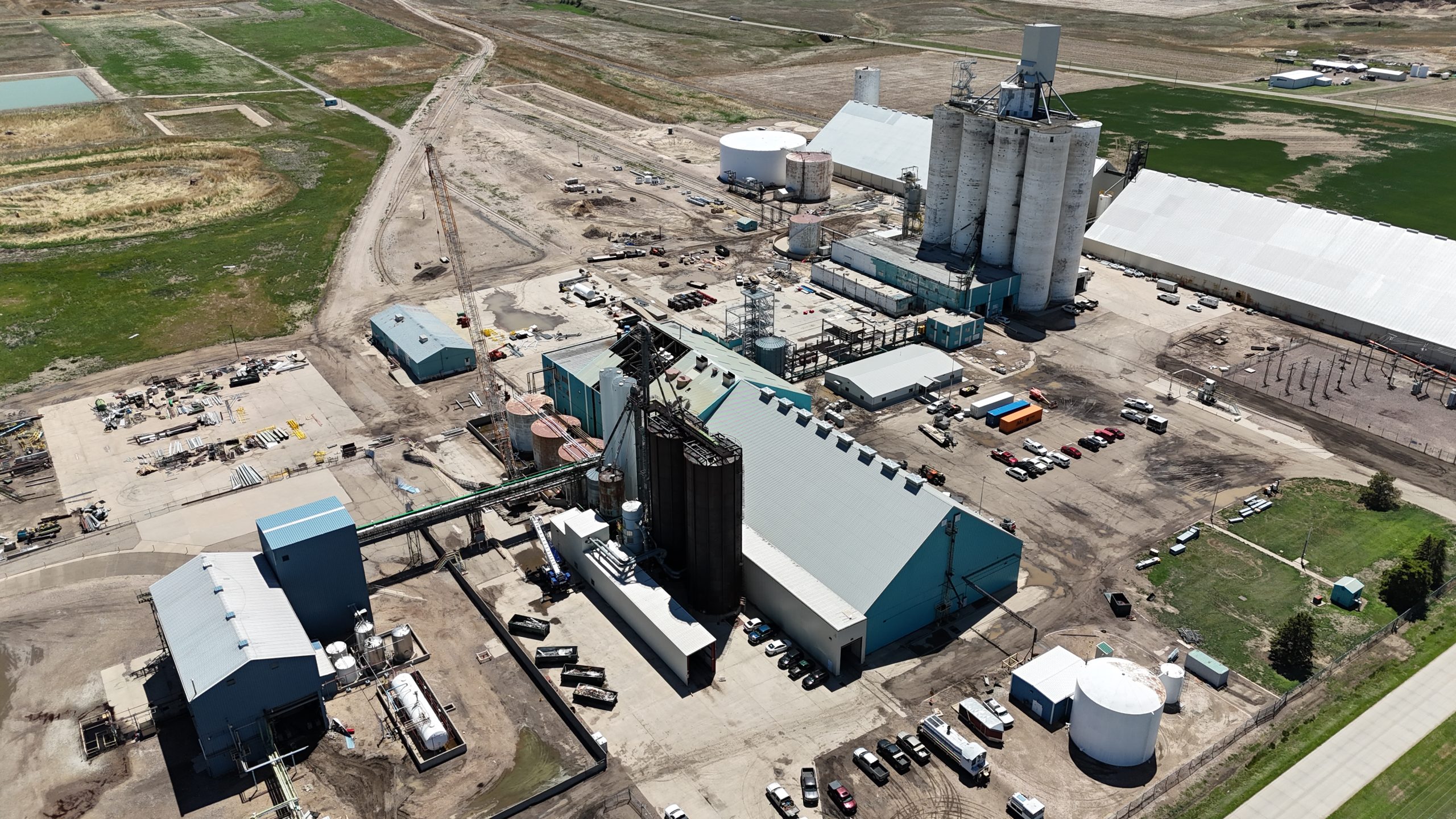
As the calendar flips to 2025, many questions lie ahead for grain markets. There are many uncertainties regarding global weather, potential tariffs, biofuel demand and U.S. Department of Agriculture reports. Unfortunately, the answers to these questions will not be known for weeks, or potentially months.
The bulk of January will likely be spent weather-watching in South America, pondering the January World Agricultural Supply and Demand Estimates report and gearing up for the new U.S. presidential administration. Yet, you need to be aware of many other price components tied to the grain market. This will help you to be ready to capture potential marketing opportunities and manage possible risks.
From a marketing perspective
Let’s break those price components down with an updated synopsis of “Naomi’s Nine Need-to-Know” grain marketing fundamentals.
- U.S. dollar
The value of the U.S. dollar has been trending higher since September. Many uncertainties continue around future interest rate cuts and the state of the U.S. economy.
Will the uptrend continue into 2025?
Just remember that when the value of the U.S. dollar is lower, it makes it cheaper for other countries to import our commodities due to currency exchange rates. A lower dollar increases demand for corn, soybean and wheat exports.
- Supply of grain
Grain prices have been trending lower since the summer of 2022. The steady increase of global grain production along with mostly cooperative weather from Mother Nature has made for ample global supplies of grain.
The USDA WASDE report on Jan. 10, will provide an update on both U.S. and global production of grain. Will the USDA make the U.S. crop size larger or smaller? Will it increase the Brazil soybean crop? This report is often dubbed “the big one” and can provide many surprises.
- Demand for grain
Overall global demand for corn, soybeans and wheat is strong. Demand will be monitored and scrutinized on the Jan. 10 USDA report in terms of corn demand for ethanol, demand for grain exports and any increase in demand for soybeans for use in the crush.
Other aspects to watch include demand for Chinese domestic soybean use. Also, keep an eye on India, and on any improvements noted in that country’s demand for wheat, rice or soy products.
- Weather
Brazil and Argentina are the countries being monitored the most right now in terms of weather and potential grain production. A large crop there for both corn and soybeans would seal the deal for larger global carryout of those grains and keep a lid on prices.
Also important to watch this winter will be weather in Russia, Ukraine, Europe and North America in terms of how that could affect winter wheat.
- Geo-political drama
The ongoing Russia/Ukraine war, Middle East turmoil, China and potential trade wars continue to be top of mind for 2025. Remember, one unexpected headline from any of these topics could create a major price reaction.
Monitor global events, as they have the potential to send prices into a spinning freefall lower or surprise rally higher. Therefore, it is paramount to have a plan in place to know when or how to price your grain in response to any unforeseen geo-political event.
- Seasonals
Seasonals are still important to monitor for grain markets. When are grains usually the cheapest? At harvest, when supplies are plentiful. And when are grain prices often the most attractive? Sometime in early winter or early summer, when the size and potential production of global crops are unknown. While past performance is not indicative of future results, being aware of these seasonal timeframes can help you make pricing decisions for your crops.
- China and India
China and India are important to monitor for many reasons: their economy and GDP, internal grain production (as the world’s largest growers of wheat and rice), grain demand for domestic use and demand for feed for livestock.
Thanks to a decade of overall growth in the economies of both India and China, their middle-class populations are expanding, and they have more disposable income. Because of this increase in income, food consumption of higher protein—including dairy, poultry and pork—also has increased.
- Energy markets
Crude oil futures prices have been hovering between $65 and $75 a barrel for many weeks. Supplies are sufficient, and demand also is strong. Keep in mind that when the crude oil price rallies, gasoline and ethanol prices sometimes can rally as well. If ethanol prices are rallying, then odds are that corn prices are rallying, too.
Be mindful that the incoming administration may want to produce additional supplies of U.S. crude oil. More supplies of crude oil would likely weigh on oil futures prices. Lower crude oil prices might also weigh on corn prices due to the ethanol ties.
According to the most recent USDA report, U.S. farmers grew a 15.143-billion-bushel corn crop, and 5.5 billion bushels of corn is pegged for use in ethanol. That means more than a third of the value of corn is directly tied to energy.
- Funds
The funds, the big investment money that partakes in the trading of commodities, are also worth watching. The fund managers also monitor all the fundamentals listed above, as they are looking for opportunities to invest and make money. Every week, the government requires the funds to disclose the number of positions bought or sold during the week. From there, we can track if they are amassing a long position in the market or a short position.
Prepare yourself
Balancing the nine need-to-knows and being aware of how they fluctuate throughout the year will help you manage marketing opportunities and minimize market risks.
Revisit these fundamentals often as they can shift weekly. Have action plans ready for whatever market scenario unfolds. Prices can turn on a whim, so be confident and ready. If you have questions, you can reach Naomi at [email protected] or find her on X (formerly twitter) @naomiblohm.
Futures and options trading involve significant risk of loss and may not be suitable for everyone. Carefully consider whether such trading is suitable for you in light of your financial condition. Examples of seasonal price moves or extreme market conditions are not meant to imply that such moves or conditions are common occurrences or likely to occur. Futures prices have already factored in the seasonal aspects of supply and demand. Total Farm Marketing refers to Stewart-Peterson Group Inc., Stewart-Peterson Inc. and SP Risk Services LLC. Stewart-Peterson Group Inc. is registered with the Commodity Futures Trading Commission (CFTC) as an introducing broker and is a member of National Futures Association. Stewart-Peterson Inc. is a publishing company. SP Risk Services LLC is an insurance agency and an equal opportunity provider. A customer may have relationships with any of the three companies.



